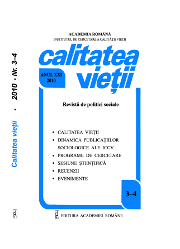

Keywords: monastic orthodox life
Questo studio ci proppone una prezentatione della vita monastica, in speciale quella delle abbazie minore, in contrasto con la grande vita monastica dei gran monasteri, nello spazio della provincia d'Alba. Cominciamo il nostro studio con i caratteristici del monachesimo transilvano, poi facciamo una prezentazione sistematica delle abazie minore. Questo studio ci prezenta la situazione della vita monastica in contesto delle persecuzioni dopo 1700, quando gran parte dei monasteri fossero bruciate e distrutte dal generale Adolph von Bucow.
More...
Keywords: political situation of the ex-communist countries
Magdalena Boiangiu writes about the Central and Eastern European countries and their political situation. The journalist suggests that Moscow tries to have some closer relationships with the western countries, though some ex-soviet satellites remains attached to the communist attitudes.
More...Keywords: parents leaving children; negative consequences; feeling of loneliness; school performance;
The negative consequences are felt by parents leaving children in the first place, the psychological - the father went missing may result in a feeling of loneliness of the child for a certain period of time. Feelings of depression can be alleviated if the child was accustomed to live in an extended family. Lack of interest in school and extracurricular concerns may be a direct consequence of absent parents, but low interest in school performance can not be explained only by a single causal factor. Also the lack of parental affection as a result of parents going abroad default is able to produce psychological and behavioral effects on children.
More...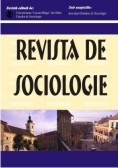
Keywords: social stigmatization; adoption
This article explores the issue of social stigmatizations of adoptive parents. In the first four sections of this paper is defined the concept of social stigmatization and are synthesized, on the basis of the international studies, the attributes that determine the social stigmatization of adoptive parents, the social attitude toward the adopters and the emotional experiences of stigmatized persons. In the fifth section we present the main results of an exploratory study conducted from April to July 2008. We intended to identify the opinions of the respondent toward the adoption process and the potential source of stigmatization of adoptees and adopters.
More...Keywords: labor law; protection of children and youth labor; working conditions; international and European labor rules.
By means of the Constitution, the Labour Code, the Government Decision no. 600/2007 regarding the protection of young people at work and the Government Decision no. 867/2009 regarding the prohibition of dangerous works for children, the existing international and European labour rules in the matter of protection of children and young people were transposed into the Romanian legislation. Nevertheless, the Romanian lawmaker has not regulated an exception admitted by such international and European rules, namely that of the possibility for minors under 15 years of age to work under certain conditions and limits strictly established by the law. Considering that art. 49, paragraph 4 of the Constitution of Romania stipulates that minors under 15 years of age shall not be hired as employees it results that this category of minors shall not be able to work unless based upon a civil contract in the category of contracts for services. This shall be a civil contract, regulated, having strong particularities both in relation to the other civil contracts for services and in relation to the individual labour contracts. In essence, the future regulation of this civil contract at law level is required to include: – the fields in which the performance of work is admitted, by derogation, that is, mainly, cultural, artistic, sports, advertising or modeling activities and easy activities in other fields strictly established by the law and only for a limited number of hours per week; – practical activities within professional training. The common law for this regulated civil contract shall have to be the Civil Code, and not the Labour Code.
More...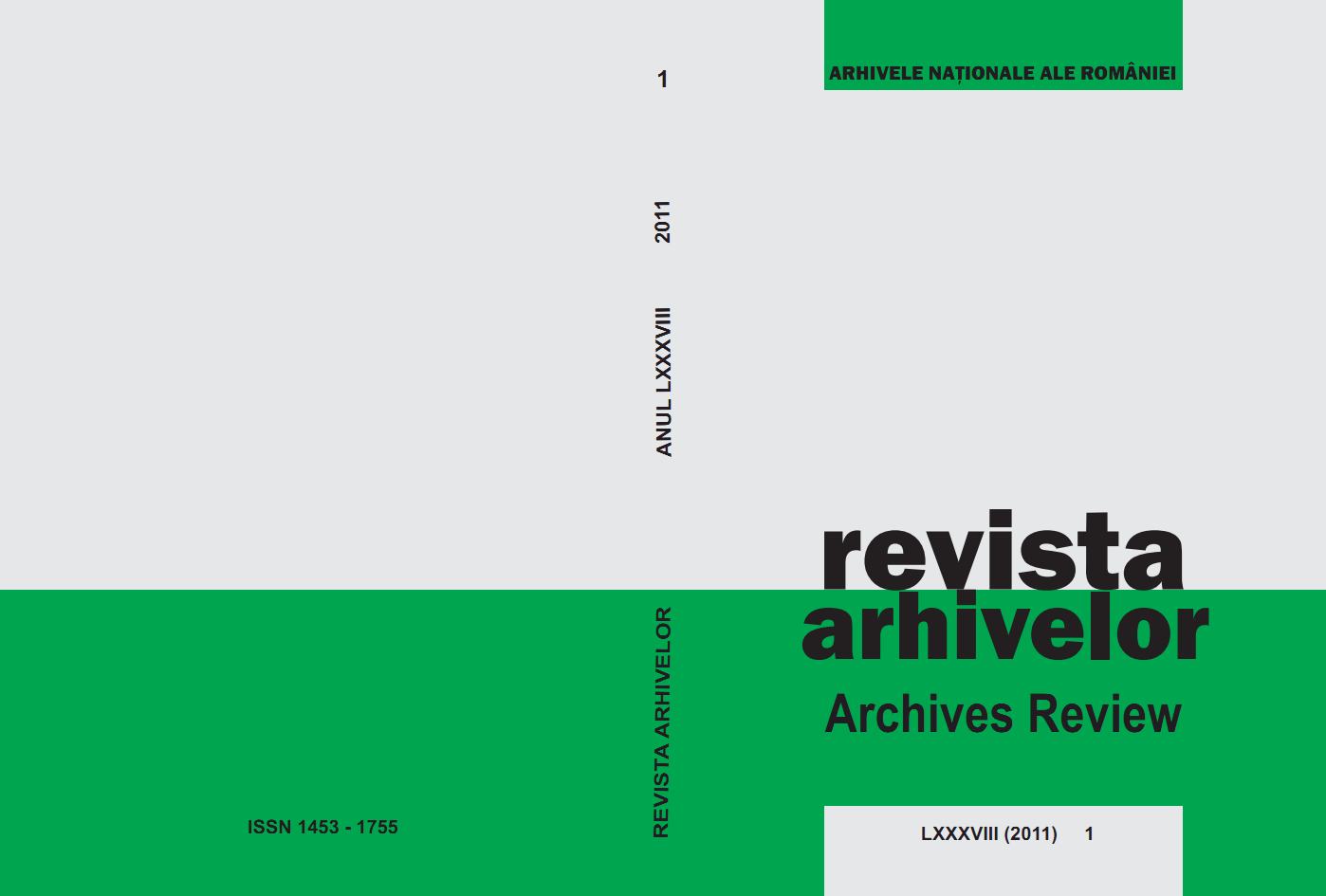
Keywords: School Libraries; Perish Libraries; 19th Century; Bihor County; Moral Education; Culturalization; Books; Textbooks
Eine grosse Bedeutung für die Schulerziehung der rumänischen Jungen hatte der Buchsverkehr im schülerischen Milieu. Zuerst lässt sich es bemerken, dass der Buchsverkehr ziemlich beschränkt war, besonders in der dörflichen Umgebung. Die zwei rumänischen Kirchen (bzw. orthodoxe und griechisch-katholische) suchten durch alle Mitteln auf, kirchliche Bücher vorwiegend ihren Gemeindemitglidern zu verbreiten. Sowohl die wirtschaftlichen Schwierigkeiten als auch die hohe Analphabetismus-Quote unter Rumänen bewogen nur eine Minderheit der Geistlichkeit und des Lehrkörpers die von der kirchlichen Hiererchie beharrlich empfohlenen Bücher zu bestellen. Deswegen suchten die zwei rumänischen Bistümer andere Mitteln für das Buchsdiffusion auf, insbesondere dasjenige in der rumänischen Sprache, das als ein kulturelles Fortschrittsmittel betrachtet wurde, wenn sich das ungarische Nationalismus immer erbitterter manifestiert hat. Derart tritt ins Dasein die Idee manch parochialer und schulerischer Bibliotheke. Die ersten Statuten der Organisierung der parochialen und schulerischen Bibliotheke sind in 1882 abgefasst worden. Bis zum Ende des 19then Jahrhunderts wurden Bibliotheke in der Mehrheit der orthodoxen und griechisch-katholischen Pfarrgemeinden begründet. Der Buchsbestand dieser Bibliotheke hat trotz der wirtschaftlichen Schwierigkeiten und der politischen Begrenzungen konstant zugenommen. Die Anzahl und die Vielfältigkeit der von diesen Bibliotheken besessenen Bücher waren ein entscheindender Faktor zur kulturelle Emanzipierung des rumänischen Volks.
More...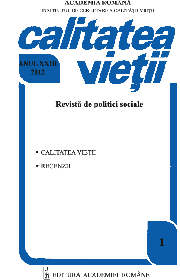
Keywords: adoption; disclosure; open adoption; Romania
In the first decade after the fall of the communist regime in 1989, Romania was one of the major sending countries for inter-country adoptions, As a result of external pressures, after 2001, domestic adoptions became prevalent, and since 2004, no international adoption took place. In recent years, studies on domestic adoptions flourished, but none investigated how adoptive families disclose to the child that he/she is adopted. In 2012, a new legislation on adoption required adoptive families to disclose to the child that is adopted, this topic being also included in the curriculum preparing families for adoption. The present study investigated adoption disclosure practices of Romanian adoptive families in a nationally representative sample of domestic adoptions carried out between 2000–2009 (N= 516). The research was carried out with the support of the National Office for Adoptions, local Departments for Social Work and Child Protection and UNICEF. While a great majority of families (95%) agree with adoption disclosure, only 69% disclosed. One in ten families looked for support to disclose. The mean age of the children at disclosure was 5 years, families from rural areas being more open than those from urban areas (73% vs. 67%). A very small proportion of children are in contact with the biological family, and mostly with their brothers and sisters than with the parents. More than two thirds (69%) of the families who experienced reunification with the biological family (10% of total sample) had a positive experience. Adoptive families do not tend to agree with open adoptions. Post-adoption social services need to be further developed to support families and children on disclosure strategies and/or reunification, if wanted. Requiring adoptive families to disclose to the child seems to remain a controversial issue in Romania, and open adoption is not too popular, but positive examples can be used.
More...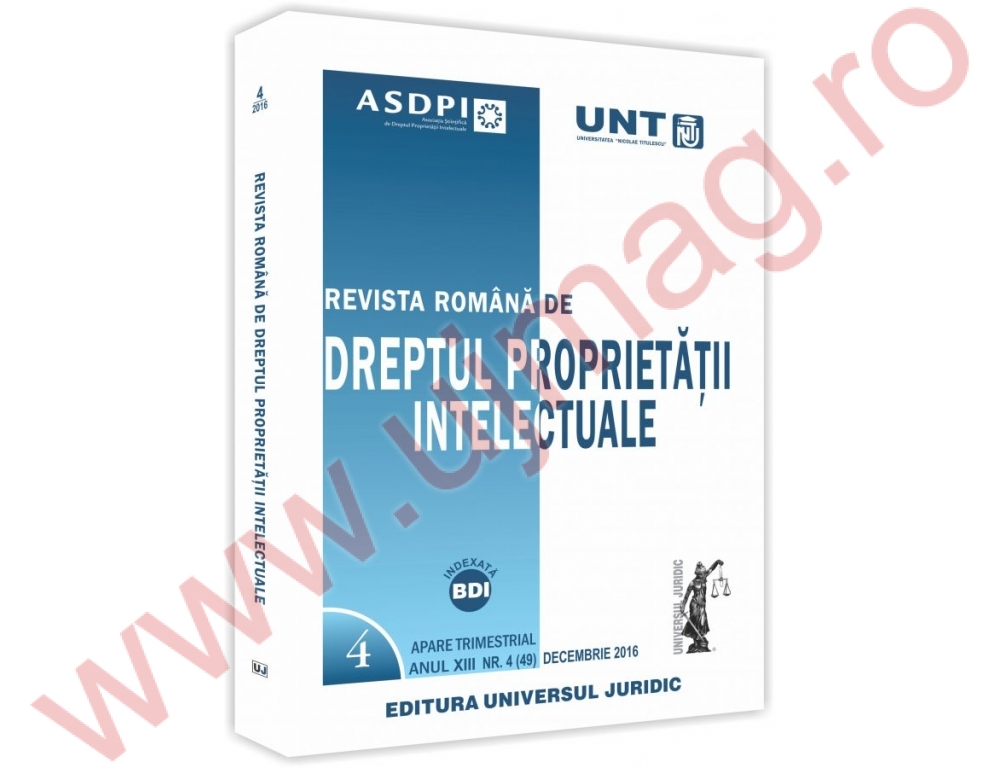
Keywords: Directive 2014/26/EU on collective rights management and multi territorial licensing of rights in musical works for online uses; proposal for amending and completing Law no. 8/1996; definitions; membe
The Directive 2014/26/EU on collective rights management and multi territorial licensing of rights in musical works for online uses aims at ensuring that rights holders have a say in the management of their rights and envisages a better functioning of the collective management organizations in the EU. The transposition term into national law was 10 April 2016. Romania managed to draft a proposal for amending and completing the Law no. 8/1996 on copyright and related rights, after a first proposal drafted by the Romanian Copyright Office (ORDA). The actual proposal was drafted by the Ministry of Culture after the consultations of the collective management organizations. The article will analyze in a detailed manner the proposal for amending and completing Law no. 8/1996 regarding all its aspects and especially the dispositions on the collective management of rights, works and other protected objects.
More...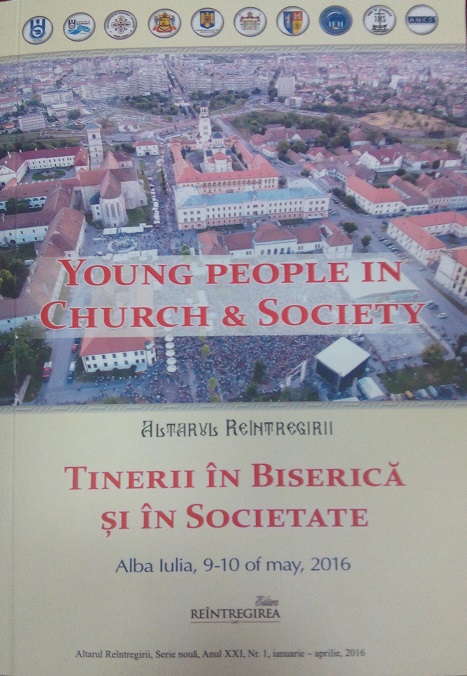
Keywords: education; family; church; school; youth
The year 2016 was declared by the Holy Synod of the Romanian Orthodox Church as “the solemn year of the religious education of the Orthodox Christian youth”, which is meant to emphasize young people’seducation and their steering towards assuming such everlasting values as those represented by Family, Church, and School. Before talking about fundamental institutions (family, church, school), we must mention the fact that God is an eternal factor and source of education, He is the “Alpha and Omega” of the pedagogical act. God not only created heaven and earth, but he also founded both the family and the Church. Education is not an exclusively human act oreffort, but the result of divine and human synergy. In other words, it is a theandric act. Those who tried to “educate” without God failed miserably. The oldest and strongest human institution is the family, the epitome of creation and an expression of love and of providential communion with God. The family has often been called “the little church”, or “the domestic church” because of its community aspect and the atmosphere of holiness it must cultivate.
More...
Keywords: social representation; structural analysis of social representations; free evoking
When interested in how the content and the structural marks of the “reality inter¬pretation grids” are presented, we can use the free evoking. The free evoking represents a “fundamental stage in the study of any social repre¬sentation”. Having two distinct phases - free association and hierarchy - it offers the possibility to relatively easily get inside of it, revealing the totality of its constituent elements, the area of the central nucleus, the first and the second peripheral areas. Focusing mainly on extracting from our consciousness ideas of similar nature and on a further identification of parameters of frequency and connectivity, the free evo¬king cannot depict the whole picture of the inner structure of the social representation. Hence, with the purpose of obtaining a larger panorama, the latter must be constantly filled up with methods capable of bringing forward the qualitative properties of the “reality reading grids” (such as the symbolic value or the associative power).
More...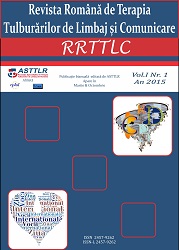
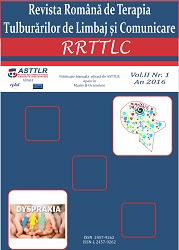
Keywords: hearing impairment; speech intelligibility; cochlear implant; hearing aids; speech and language; auditory-verbal therapy
Speech intelligibility of people with hearing disability, who are using a conventional or digital hearing aid or a cochlear implant, is an essential factor that interferes in the communication process with people with normal hearing. Without being understood oral language cannot be an efficient and safe way in the communication process, and in this case, the language cannot exercise its primary function of communication.The current study aims to highlight the degree of development of speech intelligibility for students with hearing disability who are using digital hearing aids and those with cochlear implants. Recordings were made with students reading lists of words and sentences, witch played to three inexperienced listeners that had to write down (transcription) the words correctly perceived from the students reading. To establish the speech intelligibility, has been applied The Speech Intelligibility Rating Scale (SIR).The main reason for the selection of this topic is to show that speech intelligibility of children with digital hearing aids and cochlear implant is influenced by many factors that have an impact on oral language development. Among them there are: the type of hearing aid used, the degree of hearing loss, the communication mode used, the beginning of intervention for recovery. Speech intelligibility of students with hearing disability can be improved by applying appropriate strategies and individualized recovery.
More...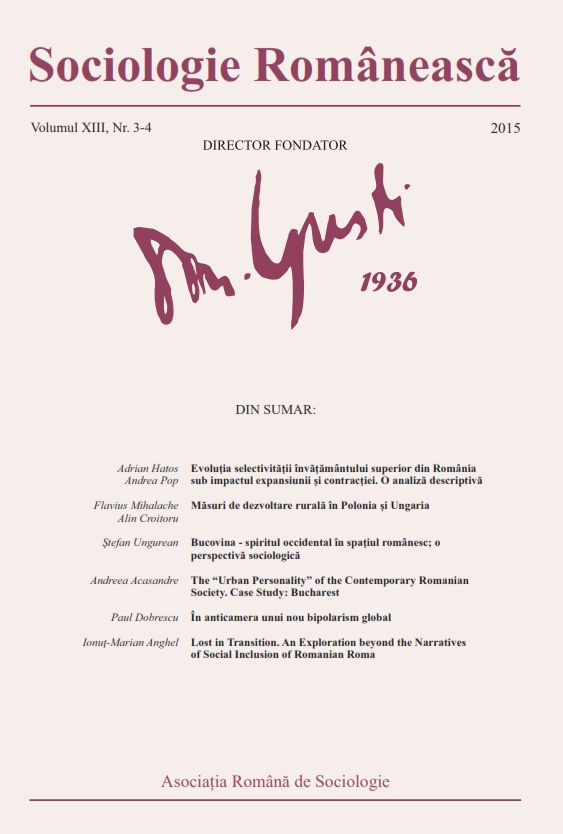
Keywords: special educational needs; interinstitutional collaboration; teamwork; partnership with parents;
Inclusive education means access to education for all children, regardless of their characteristics, while respecting the right of children to follow the school most appropriate to their needs. To achieve this goal, effective cooperation between all educational actors is needed. The main aim of the present article is to analyze how to work in a team, how inter institutional collaboration takes place, and how partnership with parents is conducted in inclusive education. By comparison we chose the French system, which has a long history of special education and Romanian, which inherited from the communist period an institutional system for the care of children with disabilities. This article is based on 82 individual semi-structured interviews with different categories of social actors involved in inclusive education. The main difficulties with teamwork are related to the devaluation of the work of new specialists recently introduced and to the lack of organization of the work of the specialists. Blocking information at the level of an institution is the main difficulty in interinstitutional communication. Resistance of parents to recognize children’s problems is one of the reasons why the partnership between specialists and parents does not work. The study has identified several strategies to improve the difficulties encountered: regular team meetings, partnership setting, clear objectives and rules between institutions, child service based on a contract with parents, and parent involvement in the evaluation and re-evaluation process of the child. The results of this study suggest that the process of school inclusion needs to be better supported.
More...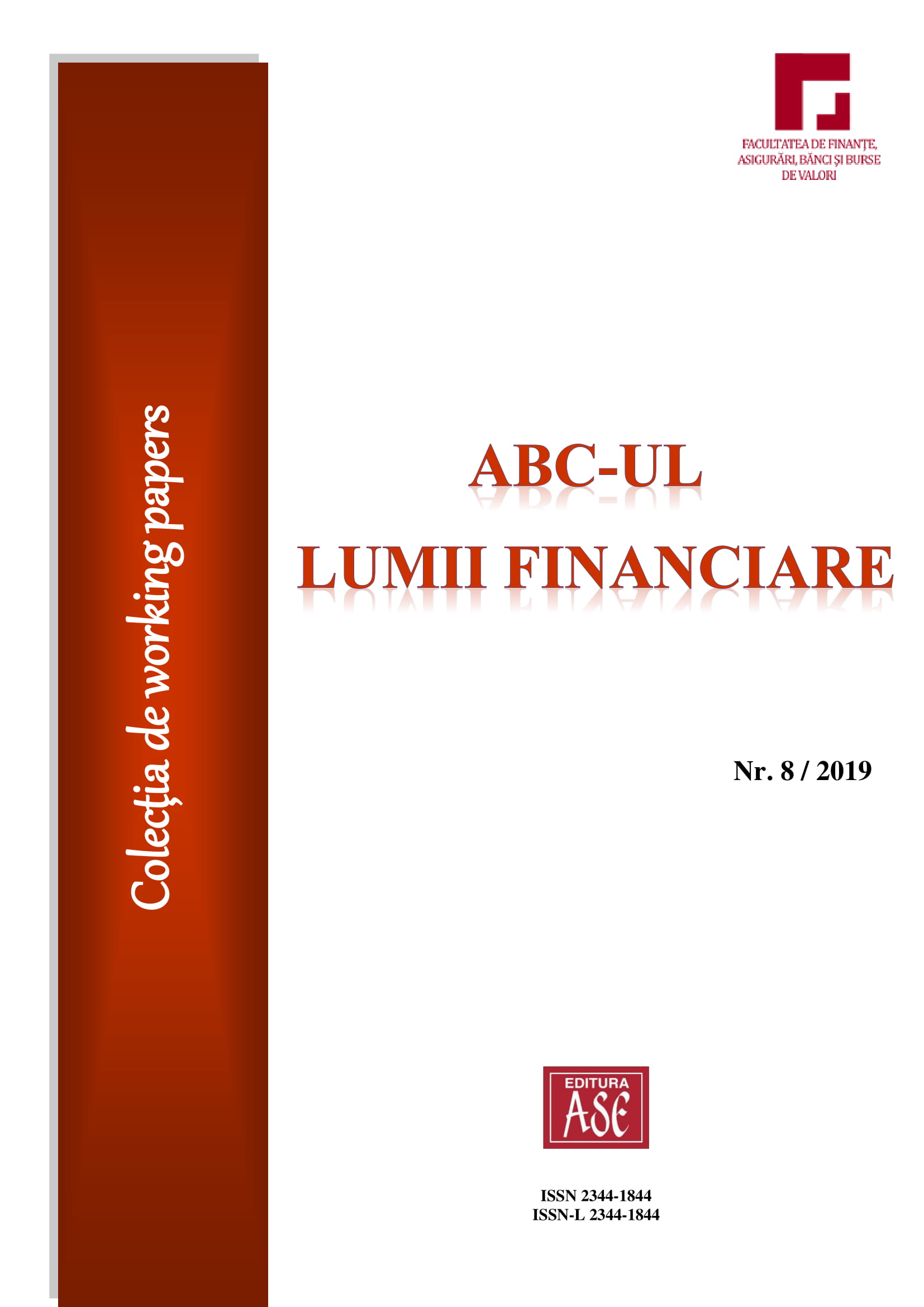
Keywords: capital market; national autority; demand; suply;
The paper analyzes the capital market who reflects the economic situation in a country. After a short presentation of capital market evolution, are highlighted some elements of the capital market as well as of the financial market considering the structure and the institutions that operate. These are complemented by a study case based on Macedonia.
More...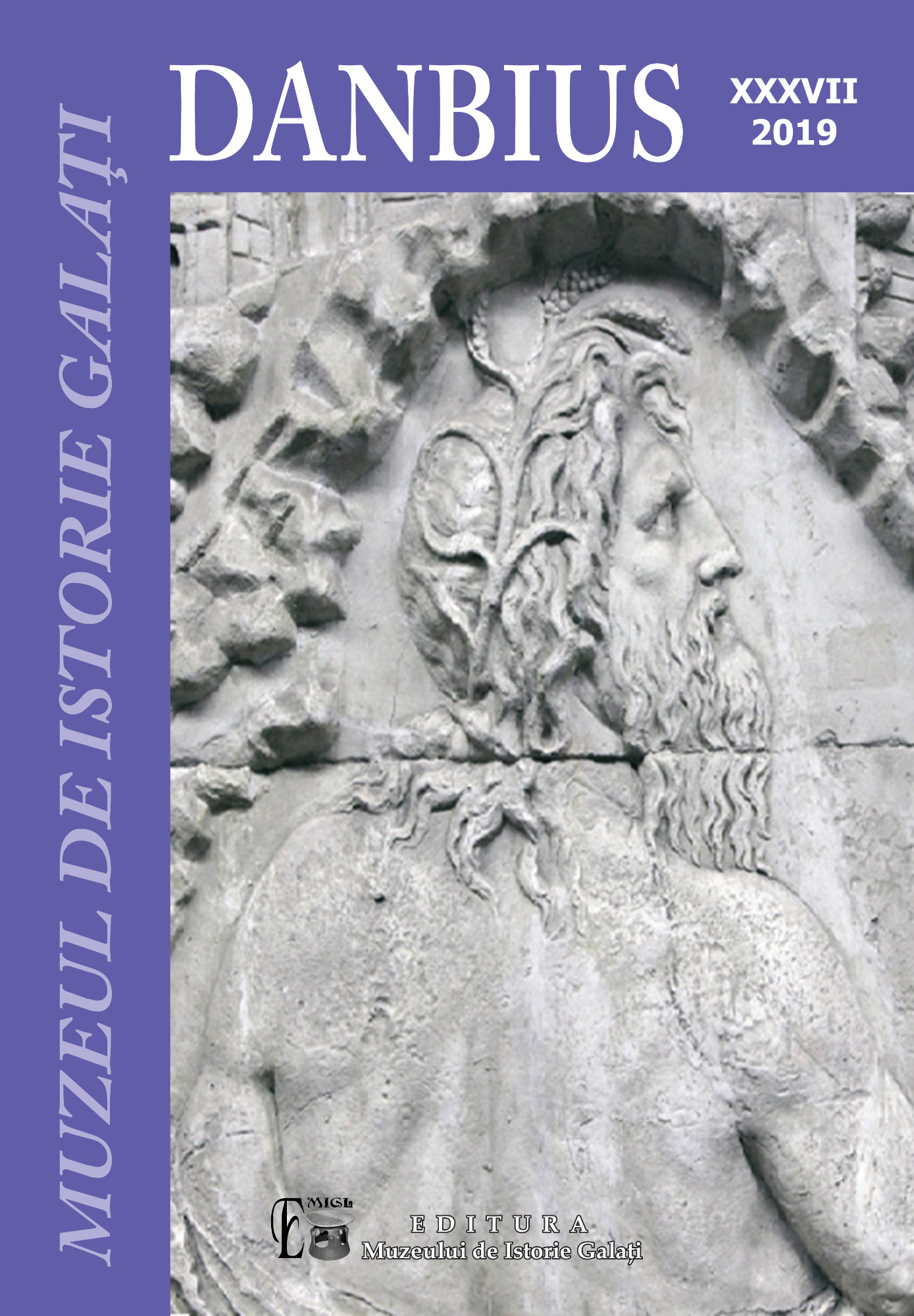
Keywords: systematization; Galați; site plan; aerial photography; Petre Antonescu;
The edilitary and urbanistic projects related to the town of Galați, started in the first half of the XIX-th century, needed a systematization plan in order to allow the further development of the town. Several attempts to elaborate such a plan took place at the beginning of the XX-th century but without being successfull. Between 1930 and 1931, the Town Hall of Galați, with the help of the French Air Company, realized a site plan, based on aerial photos, which was necessary for the realization of the systematization plan. Unfortunatelly, it contained several imprecisions regarding the limits of the town.The issue of elaborating a systematization plan for the town of Galați is taken over in 1940, but the entry of Romania in the World War delayed the realization of this project. Nevertheless, in 1942, apart from the systematization plan, a description of the town of Galați is realized, description which also contains a development program for a period of five years.
More...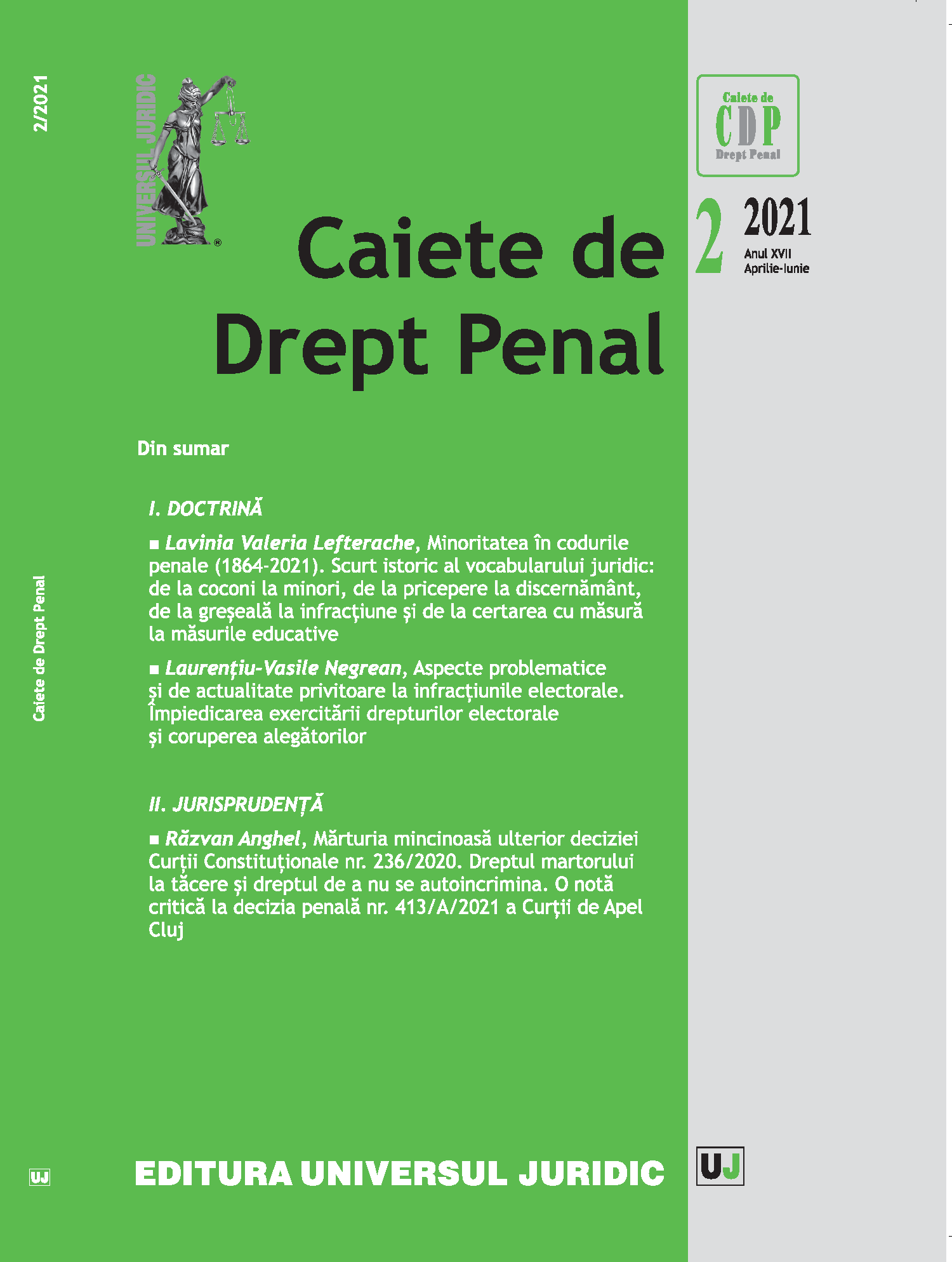
Keywords: age of criminal liability; sanctions; history; legal vocabulary;
The manner in which the legal vocabulary supported the clarity of legal norms and the traditional elements of juvenile criminal liability (age of criminal liability, different sanctions in amount and nature) ensured a more organic assimilation of the novelties at the entry into force of each penal code. At the same time, starting with 1864, the answers given by the legislator, more or less explicitly, to questions related to the right balance between the best interests of the child and the interest of society in reducing crime, depended on experiences arising from the implementation of the Codes and the consistency of the case law with the rationale of the law. The present material aims to explain the meaning of legislative evolution and, implicitly, the reasons for giving up some criminal policy solutions, in order to facilitate future legislative steps in this field.
More...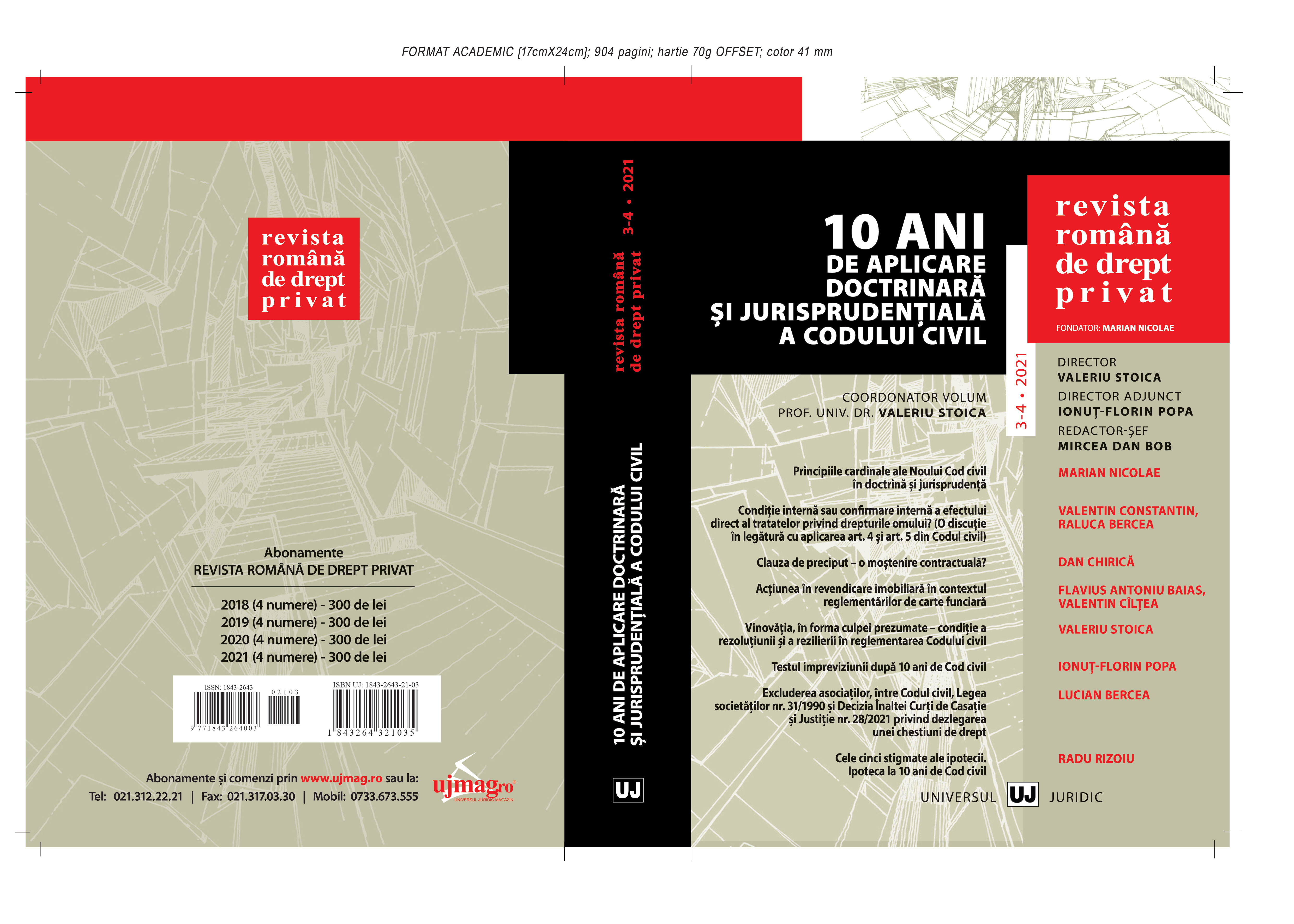
Keywords: marriage; mentally alienated and mentally retarded; capacity; discernment; nullity; consent; equality; discrimination; guardianship; guardianship; vulnerable adult; mentally disabled person;
Almost 10 years after the entry into force of the Civil Code (1 October 2011), there were no signs of deep tectonic shifts in the area of persons that could shake the regulation of traditional institutions. However, following the unpredictable Decision No 601/2020, by which the Constitutional Court found unconstitutional Article 164 para. (1) of the Civil Code, the legislator is obliged to carry out a wide-ranging reform of the regulation on the legal protection of adults with mental disabilities. The old institution of guardianship, as a substitute measure of protection, applicable in the case of the mentally alienated and the mentally retarded has proved inadequate to the requirements of the UN Convention on the Rights of Persons with Disabilities. But the impact of this Convention does not stop at Book I of the Civil Code. Book II, “On the Family”, is equally targeted. The impediment to marriage consisting of mental alienation and mental debility, provided for in Article 276 of the Civil Code. (previously Art. 9 C. fam.), appears to be a special discriminatory incapacity, given that Article 23(1)(a) of the Convention proclaims the recognition of the right of all persons with disabilities who are of marriageable age to found a family on the basis of the free and full consent of the future spouses. This study aims to examine the controversial issue of marriage for people with intellectual disabilities: can these people enter into a marriage? under what conditions? what penalties apply if the marriage is not based on the full and free consent of the future spouses? Also, with a view to the wide-ranging amendment of the Civil Code, the solutions for the conclusion of marriage contained in the draft law drawn up by the Ministry of Justice are analysed, and some proposals are made to improve the legislative vision and texts.
More...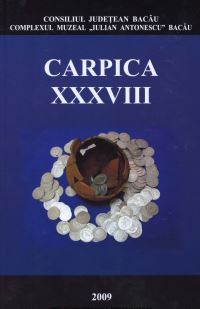
Keywords: Gothic fortified settlement; Cotu-Copălău; Botoşani county;
Review of: O.L. Şovan, M.Ignat, Aşezarea getică fortificatăde la Cotu-Copălău, jud. Botoşani, Târgovişte, Editura Cetatea de Scaun, 2005, 113p.
More...
Keywords: Banca Românească; Bacău; commercial and industrial development; from 1935-1945;
Fondată în anul 1911 din iniţiativa românească şi cu un capital social subscris autohton de 17.500.000 lei, Banca Românească făcea parta patru ani mai târziu din cele opt mari bănci comerciale care dominau piaţa creditului.
More...